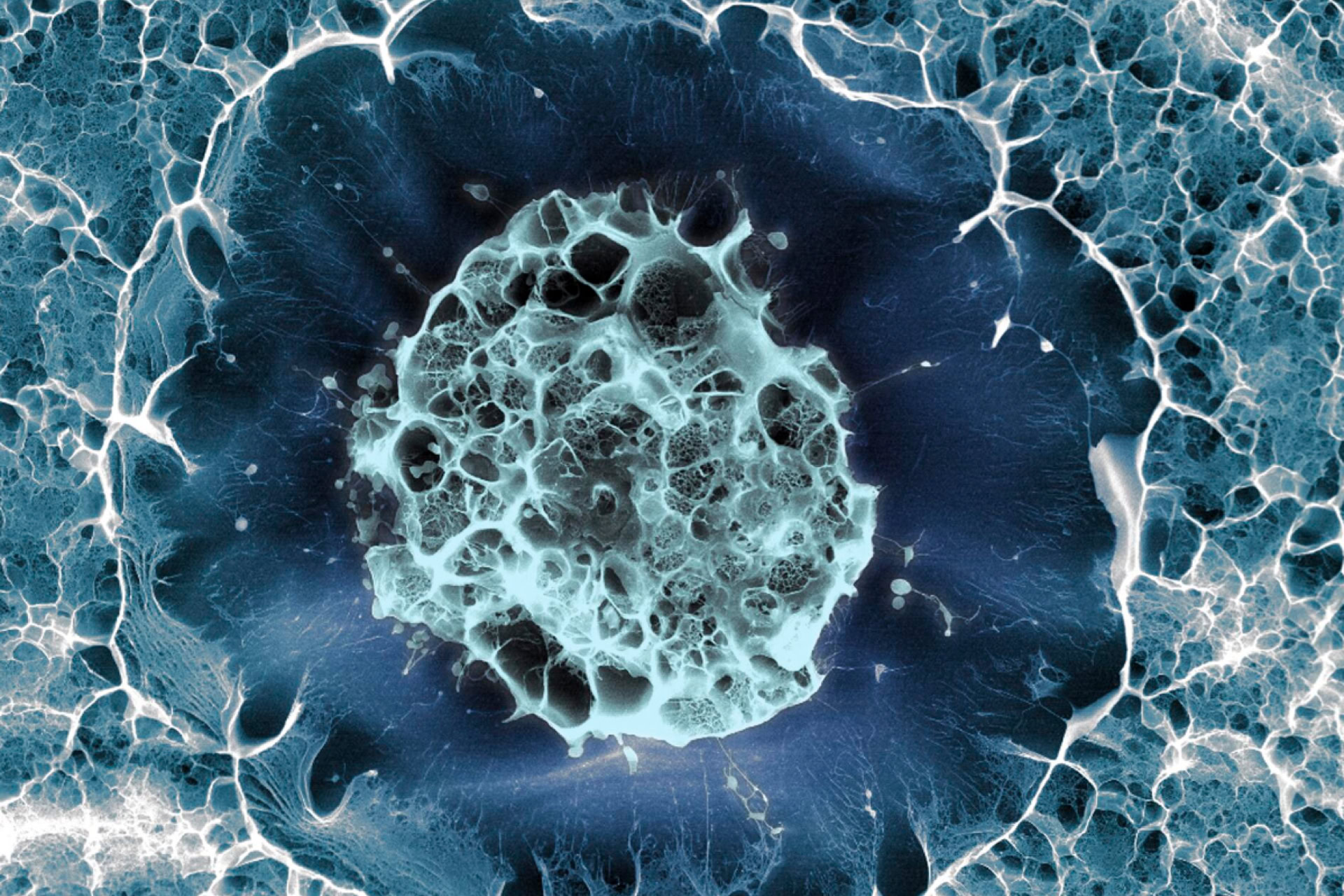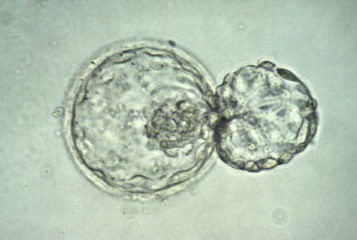Human skin suitable for transplants has been grown from embryonic stem cells (ES cells) for the first time. The new technique, pioneered by researchers at the Institute for Stem Cell Therapy and Exploration of Monogenic Diseases, Evry, France, may one day provide a source for life-saving skin replacements for people suffering from severe burns.
Extensive skin loss caused by third degree burns can be fatal. For many years, scientists have been able to grow new skin in the laboratory from the patient's own skin stem cells (called keratinocytes). This artificially-grown skin is then transplanted (or 'grafted') on to the patient to replace the lost or damaged skin. The major drawback of this technique is that it takes three weeks for the new skin to be ready for transplantation, leaving the patient vulnerable to dehydration and infection in the interim. There are substitutes available to cover wounds during this period - including specially treated skin from human corpses (although donations of this are in short supply) - but all of these currently carry high risk of rejection by the patient's immune system or transmission of disease.
In the new study, the research team took ES cells derived from early human embryos and grew them in the laboratory for 40 days using several techniques to coax the ES cells into forming keratinocytes. 'It is these cells that interest us as they are the only cells capable of recreating all the layers of [human skin]' explained Dr Christine Baldeschi, who led the study. To achieve this, the ES cells were grown with another type of cell which acted as 'feeder cells', producing proteins that encouraged the ES cells to become keratinocytes. The ES cells were also treated with different drugs that further initiated this process. The 40-day period was crucial, as this is the length of time it takes for the skin to form on a developing embryo, and so allowed the ES cells to follow this natural process.
The scientists were then able to grow sheets of human skin in the laboratory by placing the newly-formed keratinocytes on to a specially designed artificial matrix. The skin was transplanted on to five mice. Twelve weeks later the mice had areas of completely normal and functional human skin.
In their report, in the journal The Lancet, the researchers said the technique could provide 'an unlimited resource for temporary skin replacements' whilst patients are waiting for their own skin grafts to grow, or potentially a permanent graft if one from the patient's own keratinocytes is not possible. More research will be needed before the technique can be tried in humans, but Dr Marc Peschanski, a member of the team, commented: 'we have a timeframe [for clinical trials] by 2011, although...a number of factors could intervene'.Sources and References
-
First Reconstitution of an Epidermis from Human Embryonic Stem Cells
-
Stem cells could create new skin to help burns victims
-
Stem Cells May Be Used as Skin Grafts
-
Burns Patients Awaiting Skin Grafts: Human Embryonic Stem-Cells Could Be Used To Generate Temporary Skin
-
Embryonic stem cells harnessed for skin grafts





Leave a Reply
You must be logged in to post a comment.